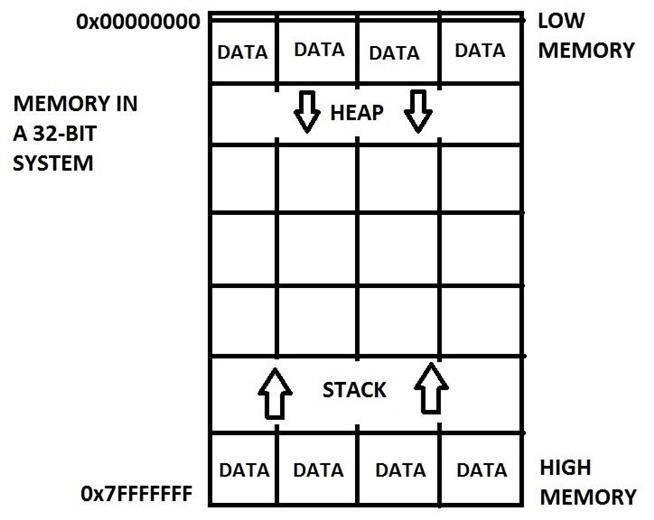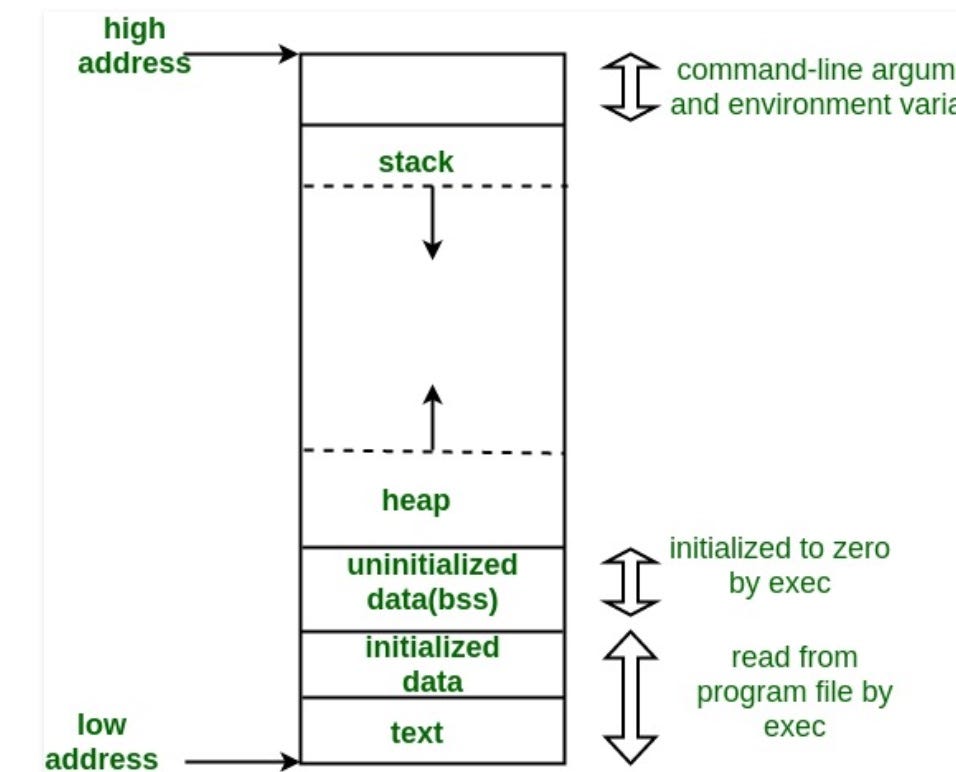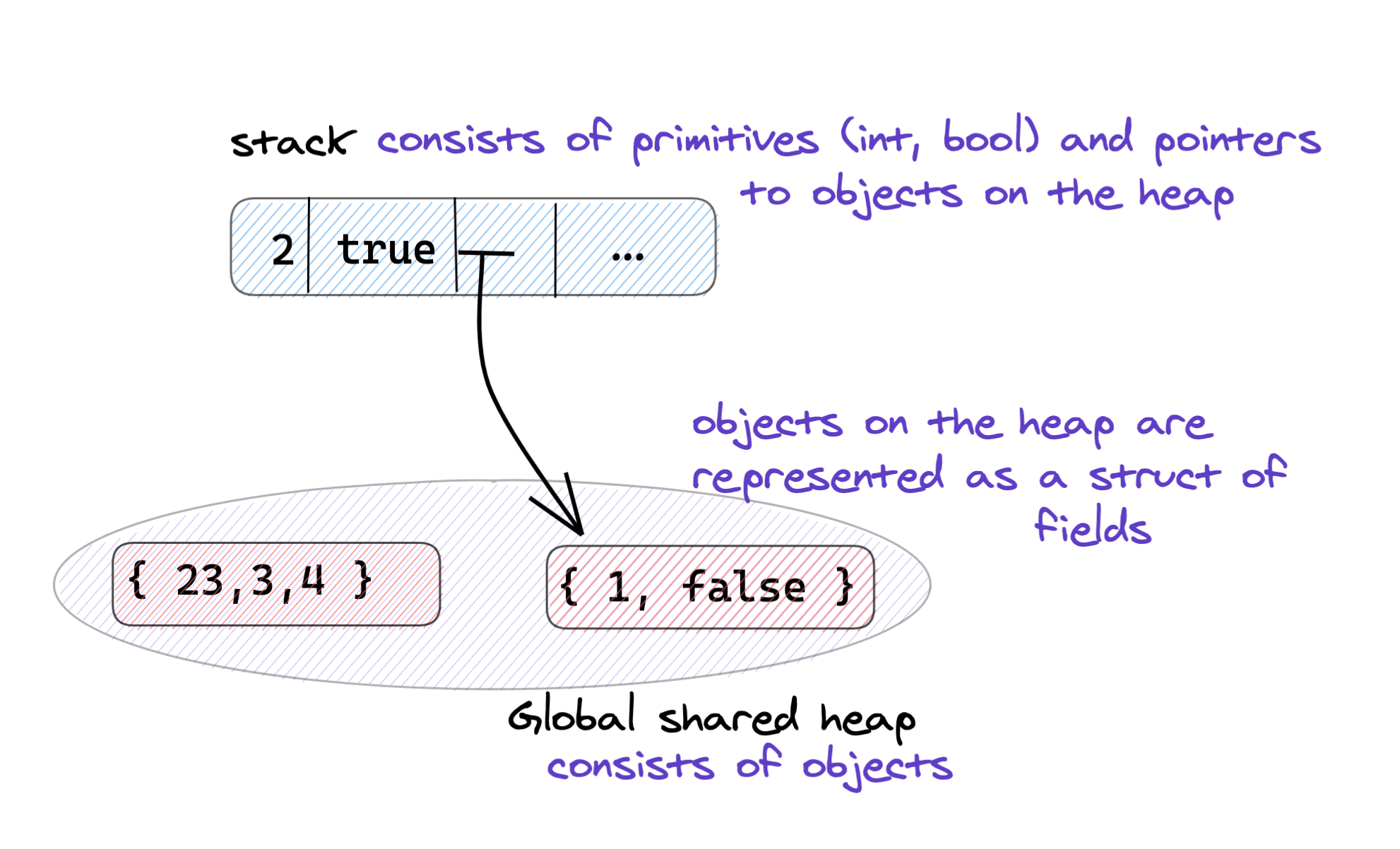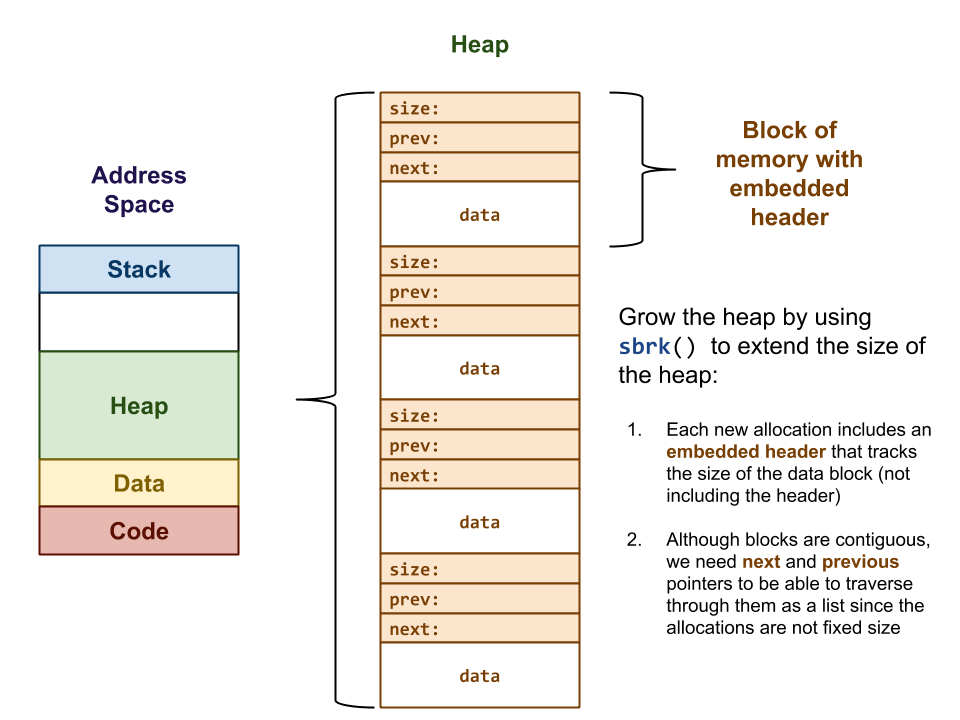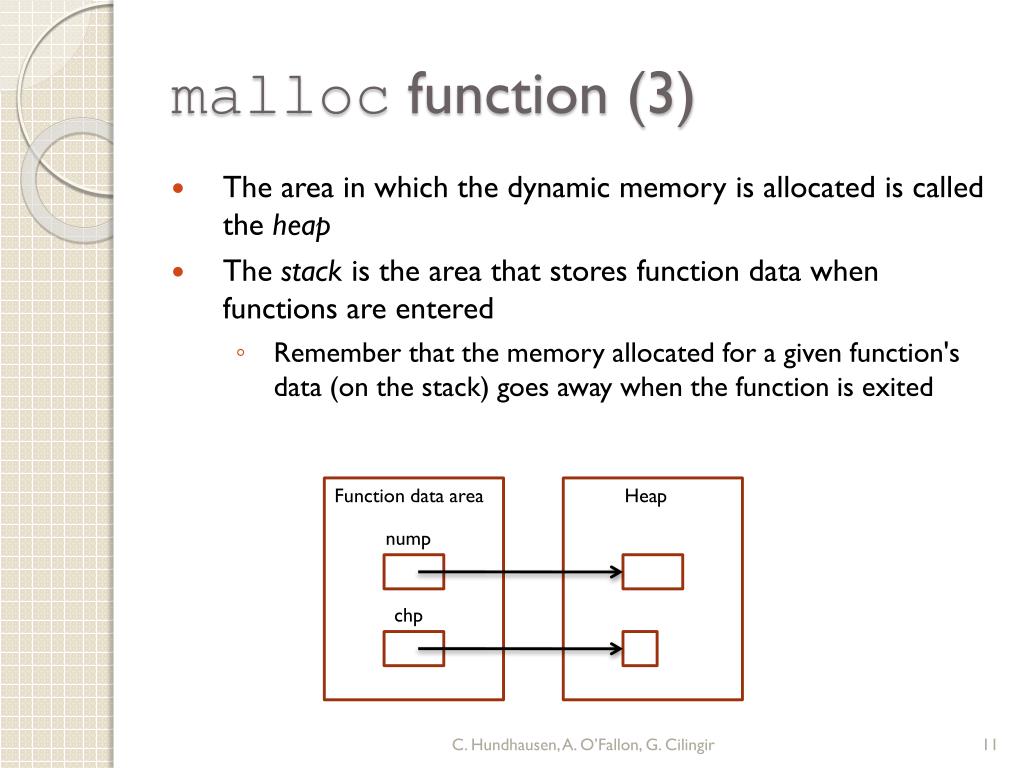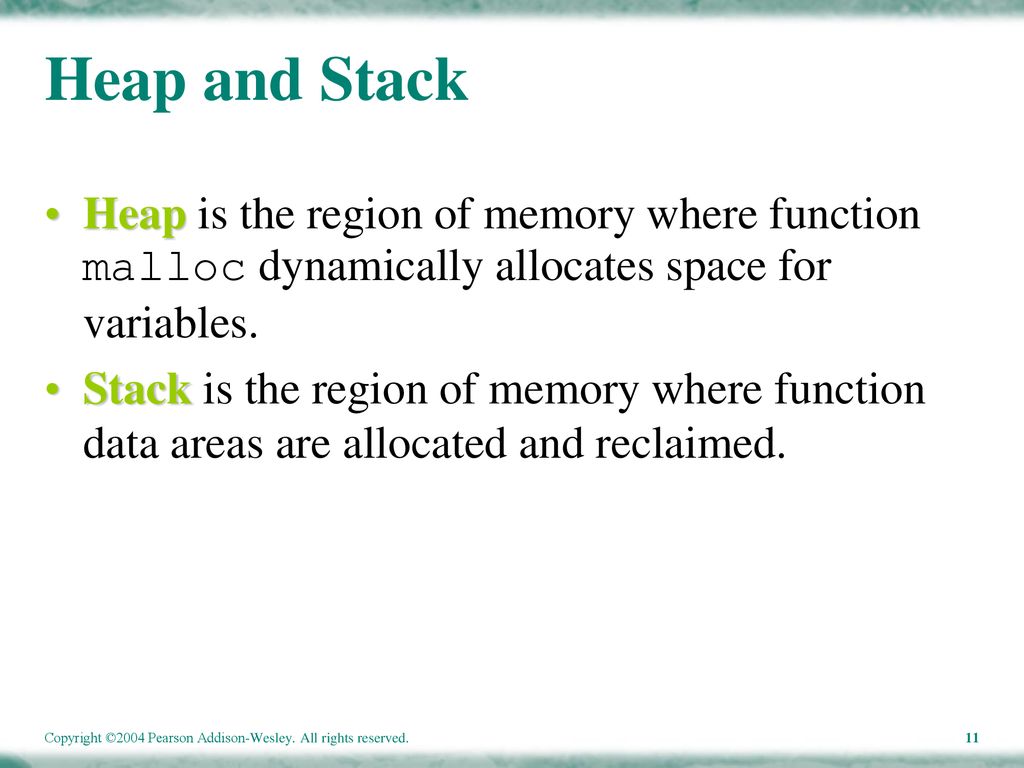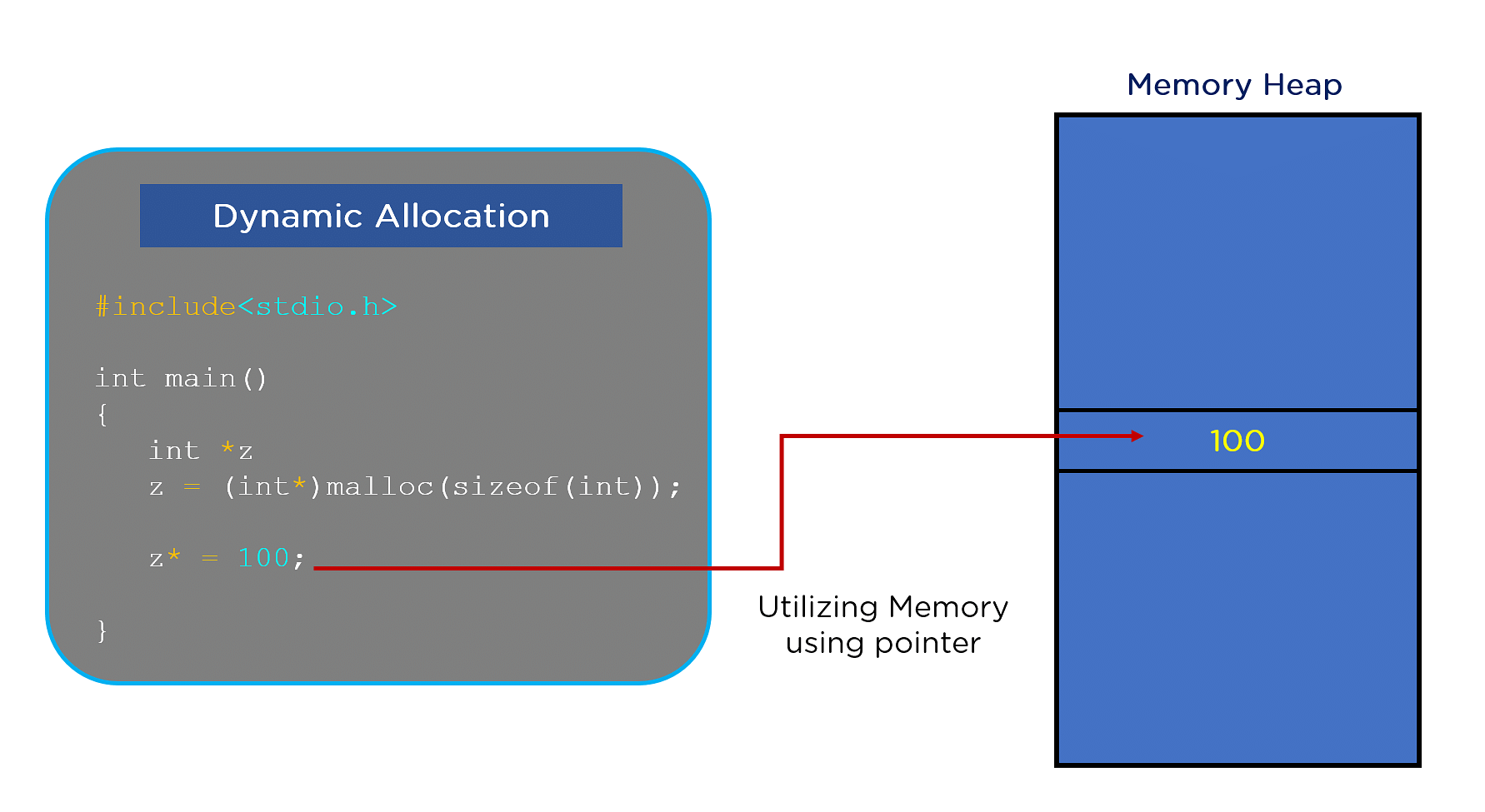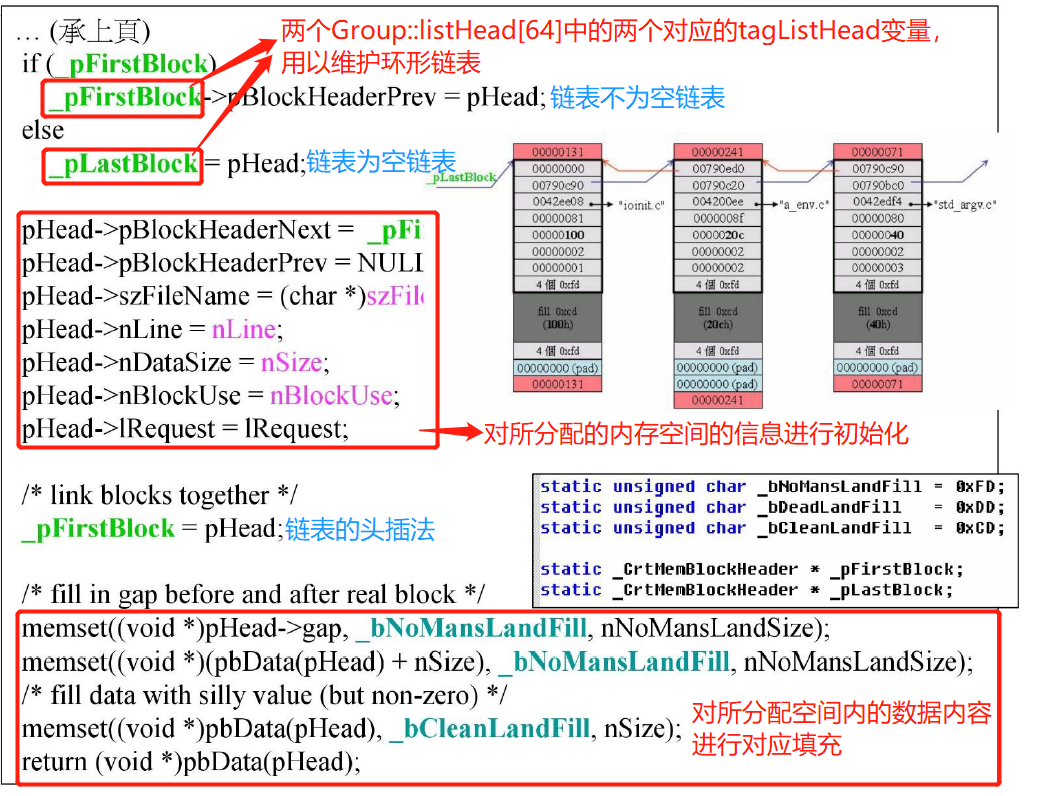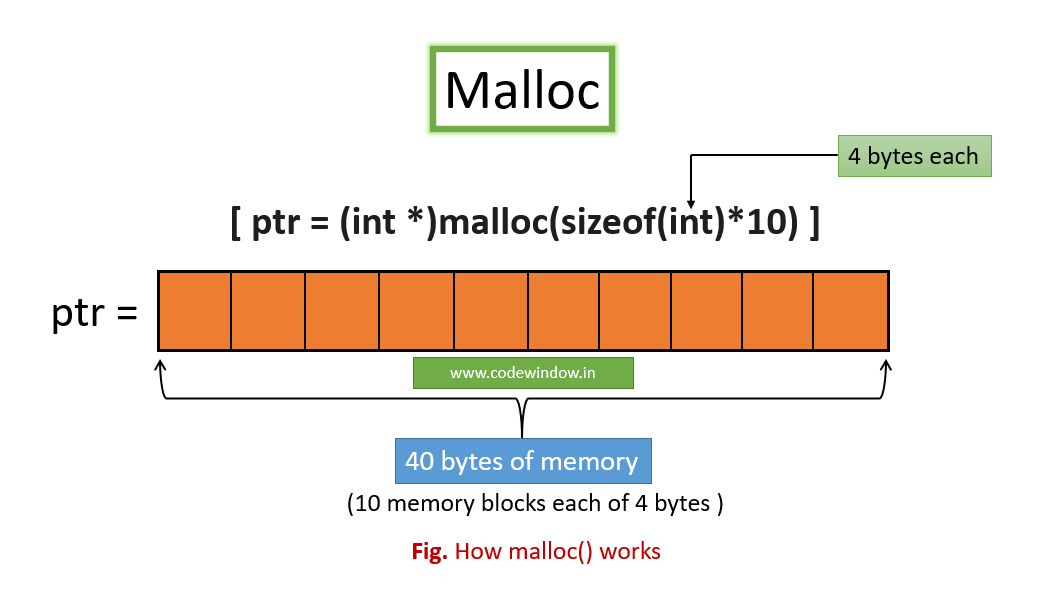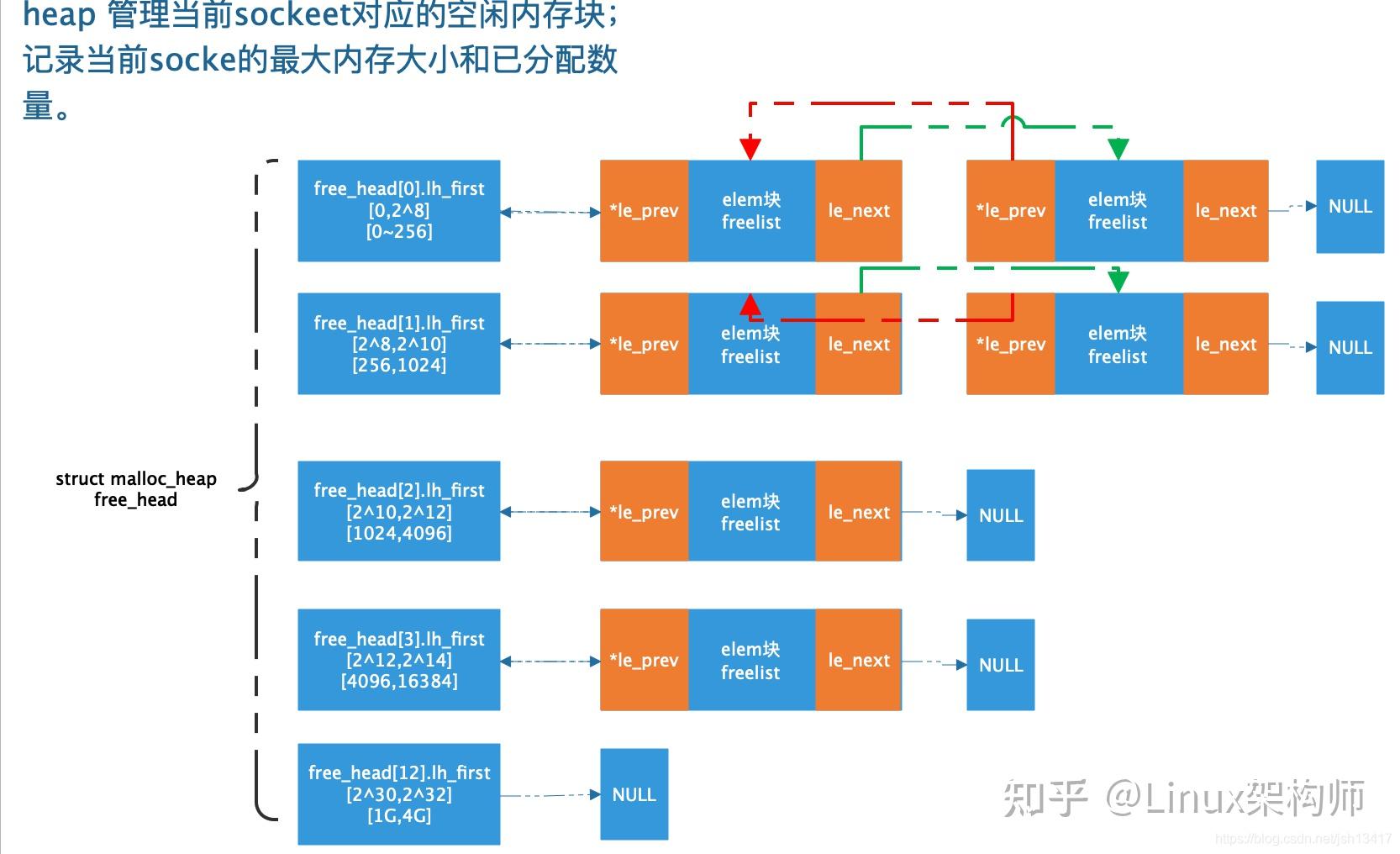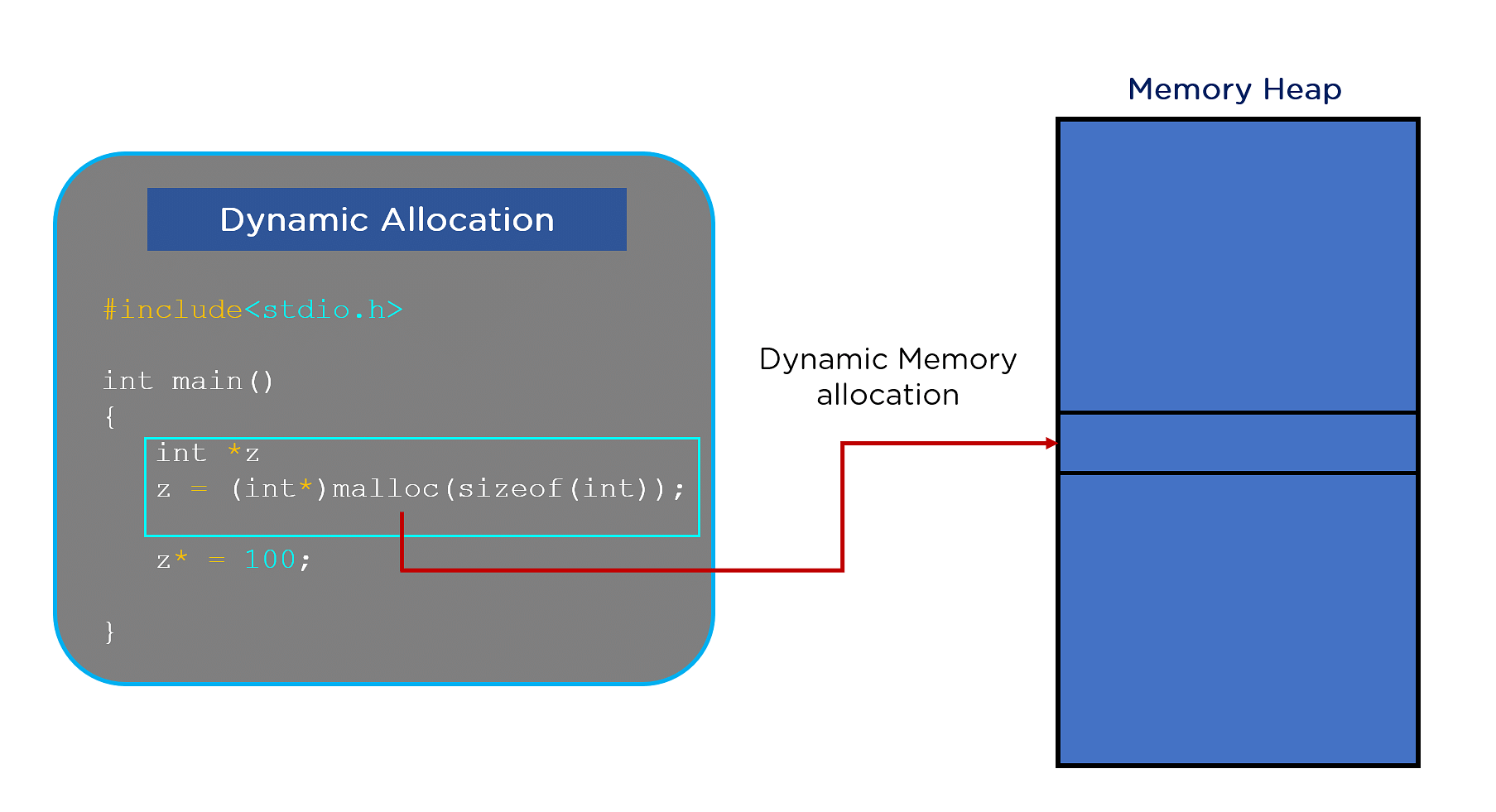Breathtaking Info About Is Malloc A Stack Or Heap How To Make Linear Programming Graphs In Excel
When you call malloc(), you now have access to an allocated block, and only your program can modify or read the values in that block.
Is malloc a stack or heap. Heap heap memory is used for these variables that use. There are many techniques that can be used by an os. Your globally scoped, statically allocated variables & arrays are not 'on the.
Gnu libc's malloc documents itself as doing this ( man malloc) in arenas: So, all of this is heap. The heap is a region of your computer's memory that is not managed automatically for you, and is not as tightly managed by the cpu.
Once you have allocated memory on the heap, you are. The malloc( ) (memory allocate) function can be used to dynamically allocate an area of memory to be used at run time. The stack is used for static memory allocation to store local variables and function calls, whereas heap is used for dynamic memory allocation, i.e.
The heap is an area of memory where something is stored. Leaving global variables and variables declared with static modifier (which are allocated in a separate memory region) aside, local variables declared in a function. The global segment is responsible for storing global variables and static variables that have a lifetime equal to the entire duration of.
Malloc () is a library function that allows c to allocate memory dynamically from the heap. Normally, malloc() allocates memory from the heap, and adjusts the size of the heap as required, using sbrk(2). Although the globalalloc, localalloc, and heapalloc functions ultimately allocate memory from the same heap,.
The stack is the memory set aside as scratch space for a thread of execution. The malloc function allows us to ask the operating system to allocate an area of memory to be used in our program. Still, usually when the os loads an executable file, it finds inside it how much.
When a function is called, a block is reserved on the top of the stack for local. If you address beyond the end of the block to which you have a pointer, you. And assuming everything goes well, this allocates memory for p to point to (specifically of size sizeof(int) ).
That is a good thing that free() works this way, as why would a c programmer. P = malloc(sizeof(int)); This memory is gonna be on the.
In order to use malloc effectively, we must. By the very definition of it, what you get from malloc is heap.

